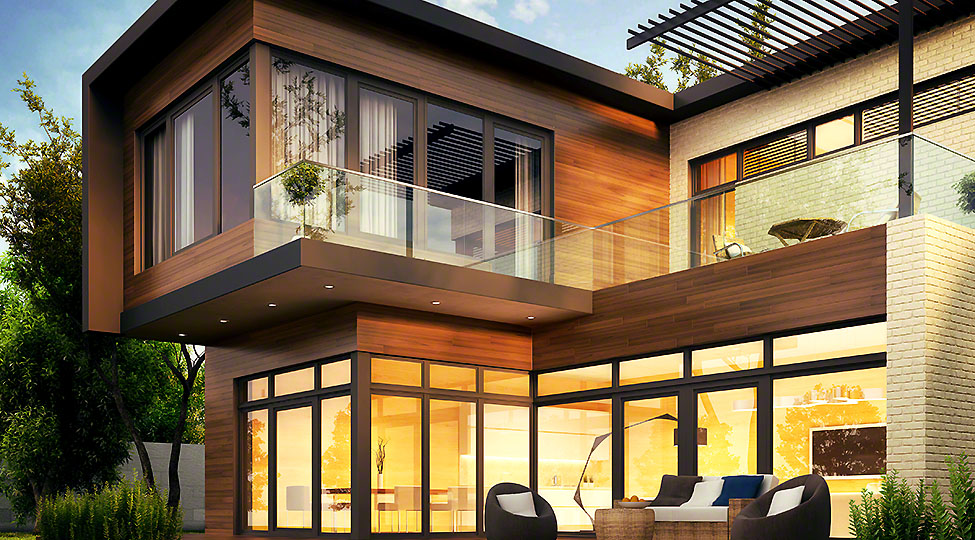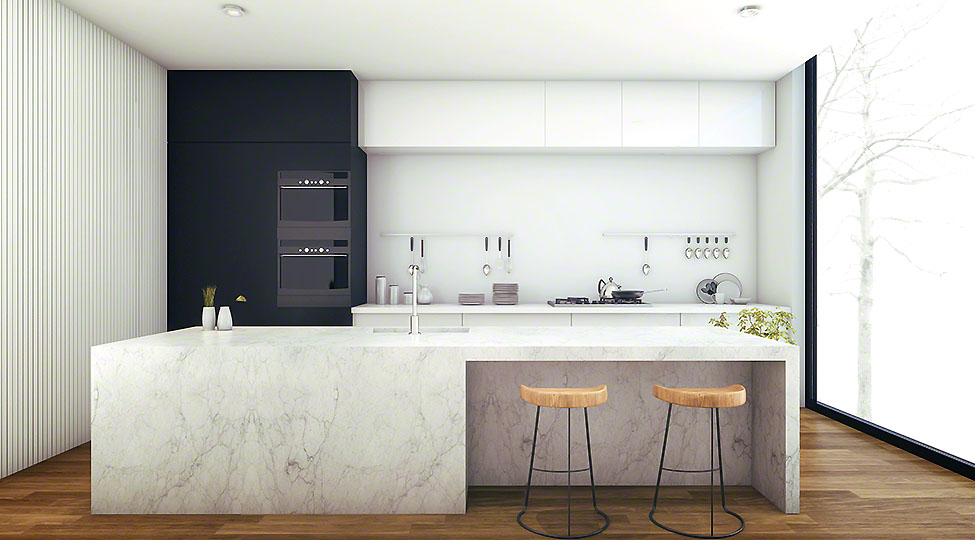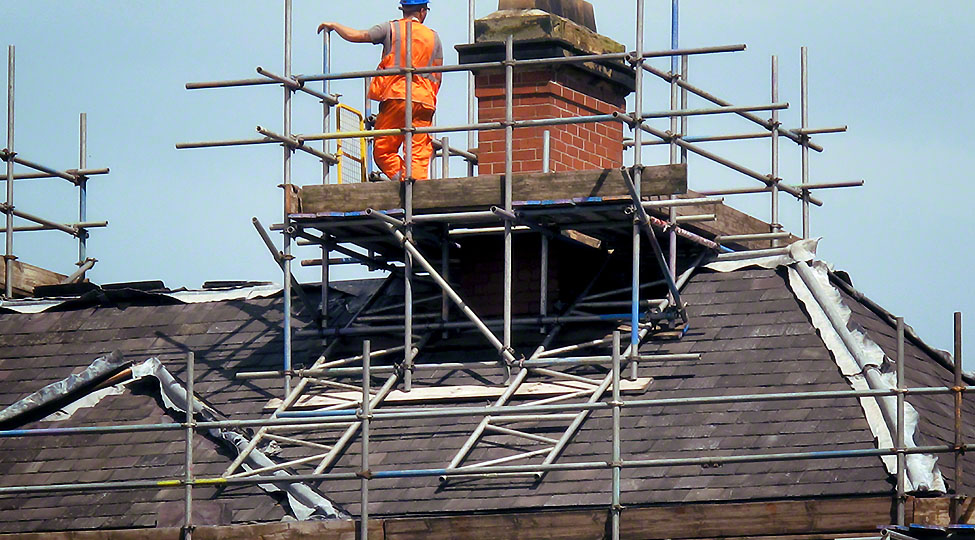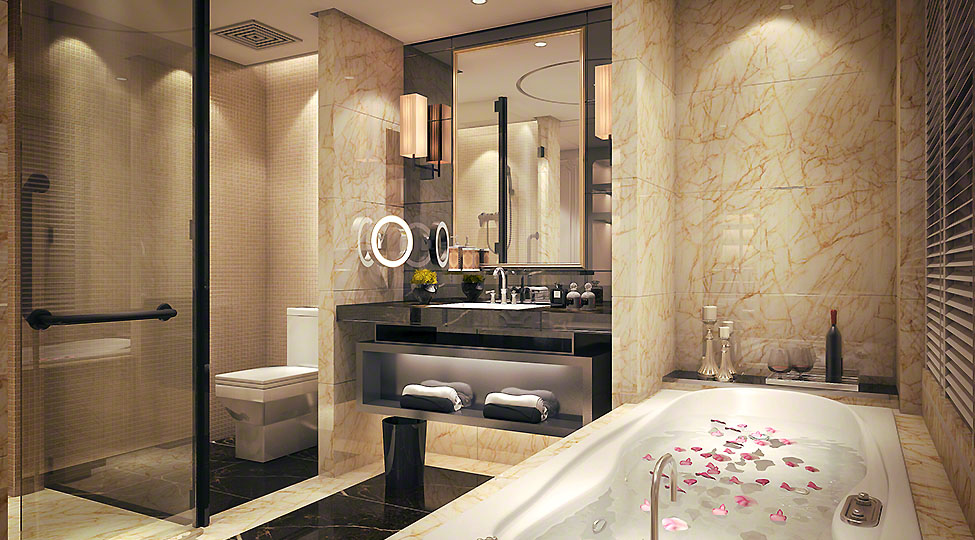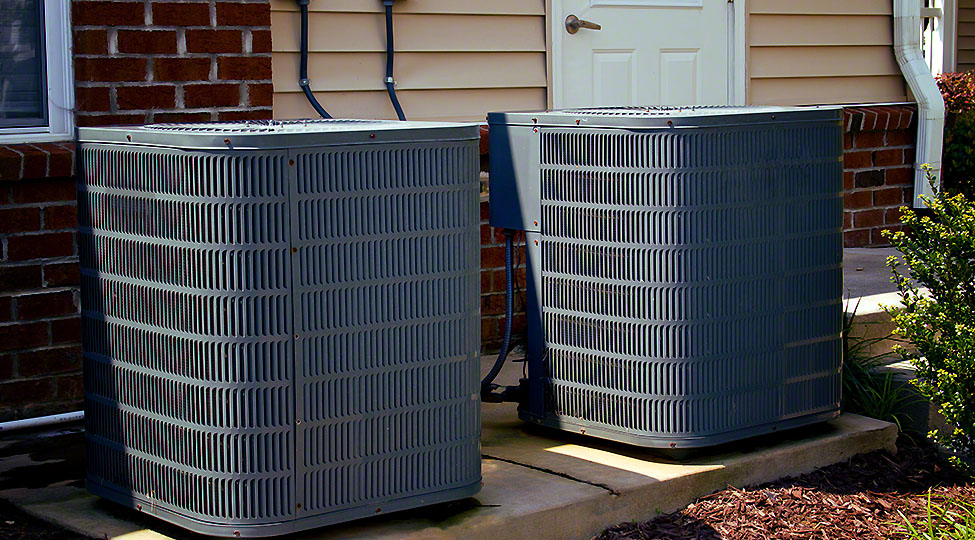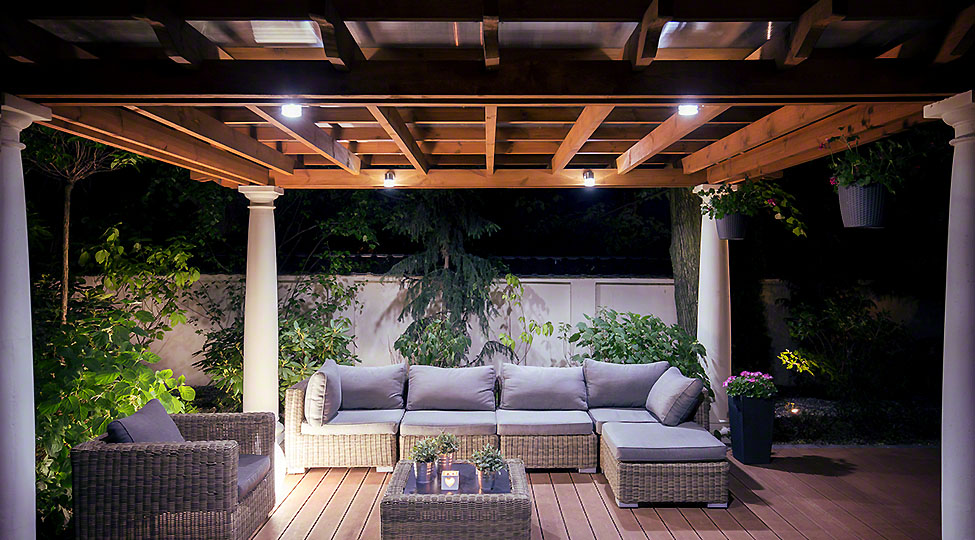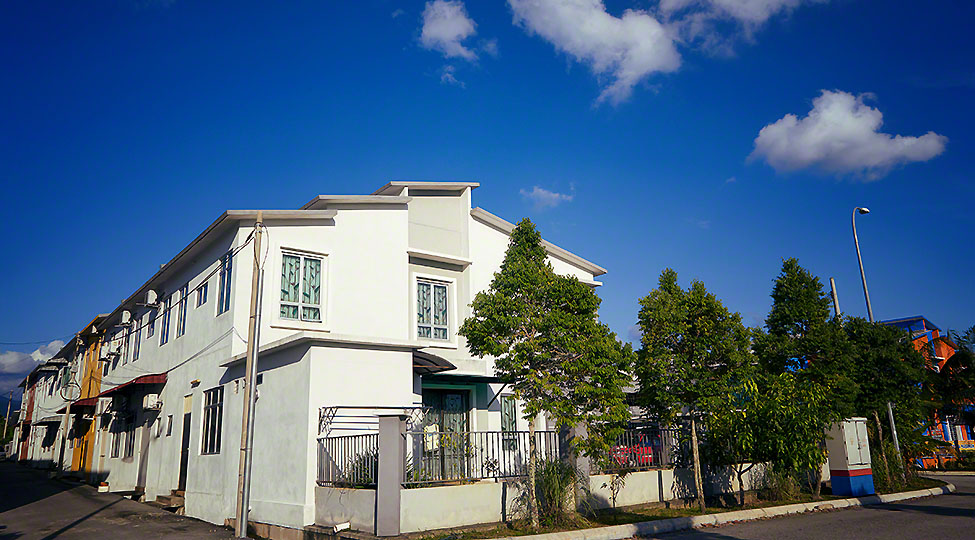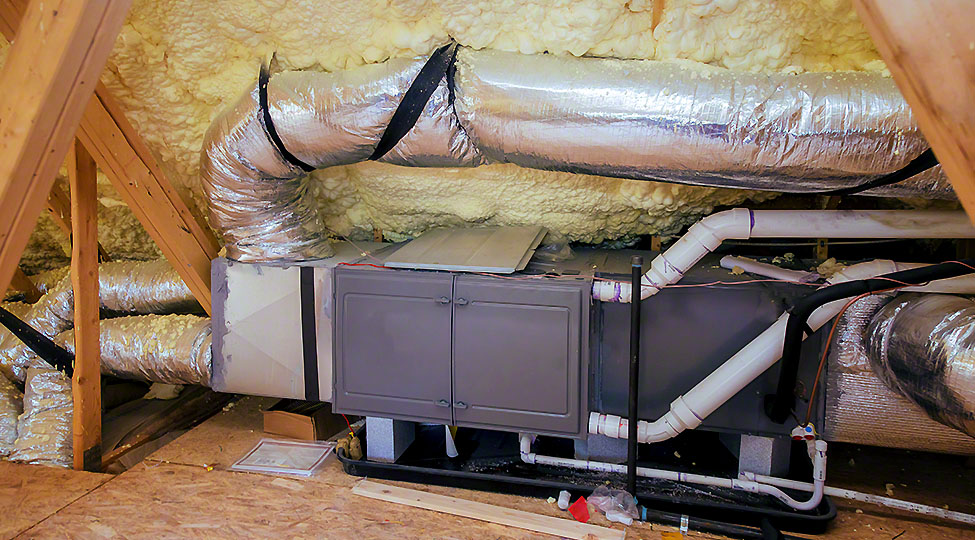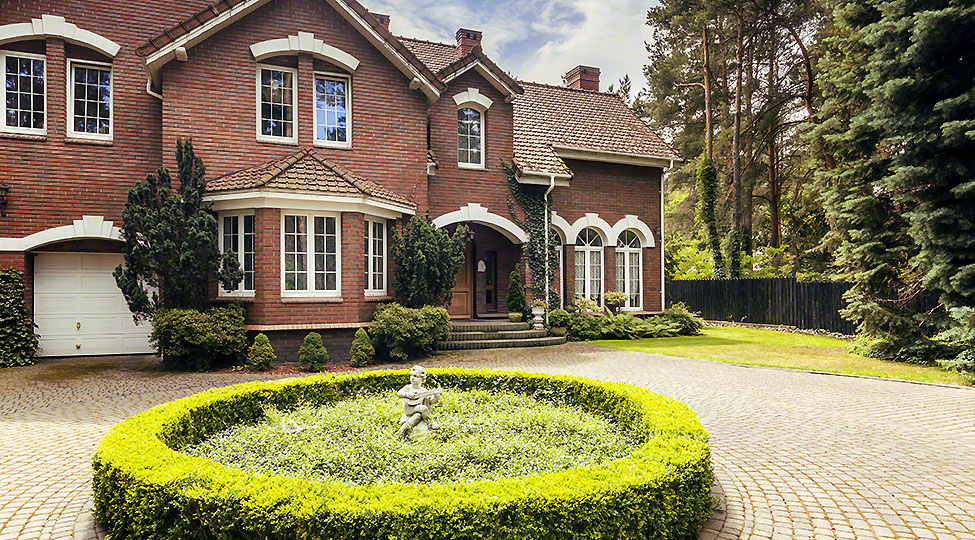A home addition is an exciting yet stressful experience. With so many options, homeowners often find themselves struggling to come up with the right additions. Since the rate of returns on practical home additions is comparatively more than homes without one, it is logical that more and more homeowners are looking for home additions and spending time on home addition designs. So, let’s take you through the process of what you need to do to transform your old house into a dream home.
Ask Yourself How Much Are You Willing To Spend?
The first and most important thing you should ask yourself when it comes to home additions is the amount you are willing to spend. Surprisingly, the majority of homeowners ignore this question, which leads to trouble down the road. The thing is that a home addition is a broad idea. This means that you can pretty much do anything as long as you are willing to spend money.
However, not everyone has an unlimited budget. That said, you will need to consider the foundational, labor, and other additional costs. Having an estimate of the project will give you a better idea of what you can and cannot do considering your budget. The last thing you would want is the total cost surpassing your planned budget, turning your savings to zero.
Do I Need A Contractor?
Yes, a home addition without a contractor will simply be a silly mistake. Depending on your home addition, you may require permits from the local authorities and this is where a contractor comes in. Plus, contractors have sufficient experience and skills along with expert labor who will make sure the work is done properly and according to the standards.
However, finding a good builder is difficult. You will need to put in some time and effort until you can find a trustworthy contractor. Once you have found one, interview them and share your ideas. Finally, close the deal via a mutual contract so that you are protected by law as well.
Check If You Can Remodel An Existing Space
Remember, a home addition does not come cheap. It is going to cost you money one way or the other. Therefore, it is not wise to jump straight to planning a room addition. If you are a bit smart and clever, you should look around if you can remodel an existing space. The reason is that remodels are relatively cheaper and more affordable than home additions.
Maybe you have a basement or an attic that needs a bit of renovation and upgrades to turn it into a living space. Plus, if you want to expand a particular area of the house such as the kitchen, you can remodel it and make some space for new additions.
Check If Foundation Work Needs To Be Done
Before you can begin building the foundation, you will need to consult an architect too. Regardless of the size of the project, an architect will help you use the available space most effectively and efficiently. In most cases, room additions get a full-scale foundation so, building the foundation is a pre-requisite. It can take many days or weeks and is carried out by experts.
But it might be that you do not need any foundation work. This will cut costs. However, you cannot be so sure until you have consulted your contractor and architect. If you have a slightly old house, the foundation might be intact and the contractor won’t need to correct it before adding new space to your house. That said, make sure if your home addition project requires any foundation work to be done.
Decide If You Want To Build Up Or Out
Building up is less expensive as it does not require any foundation and excavation work. But you will need the help of an architect since building up is relatively more complicated than staying on the ground.
However, if you want to build out, that is going to save you money as well but such additions are usually used as home offices, garages, and guesthouses.
Final Word
Home additions can make your money worth it if done the right way. But if you are careless, you might find your investment going down the drain. Therefore, ask yourself the questions mentioned above before planning a home addition so that you are aware of the pros and cons, and then contact architects builders DC.
